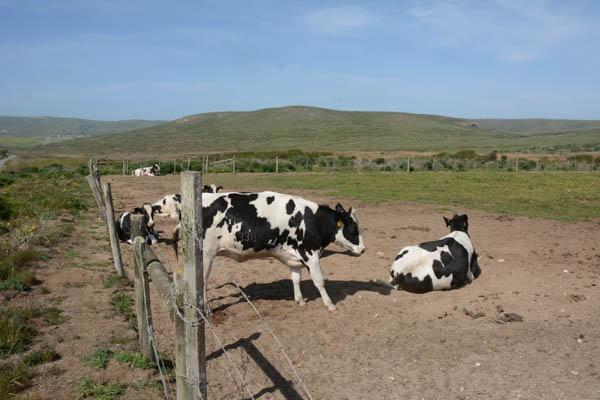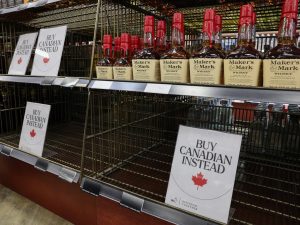
All indications are that Green House Gas (GHG) emissions are causing higher global temperatures and climate change. Records show that 2024 was the warmest year on record. Climate change is increasing natural hazards, from hurricanes to wildfires. The Arctic permafrost is melting, emitting methane, a Greenhouse Gas (GHG} that is even more effective at trapping heat than CO2.

Globally, the energy sector is the greater contributor to GHG emissions, including heating/cooling buildings, roads, and transportation combined.


However, the second largest contributor to GHG emissions is agriculture.

While solutions such as rapid adoption of renewable energy options like geothermal, solar, wind, and energy conservation (insulation of buildings) or driving an electric vehicle ultimately can shift the trajectory of climate warming, such changes, assuming they are even enacted, require a significant cultural and economic shift in society’s values and policies.

Individually, one can ride a bike, use public transportation, insulate one’s home, and take other measures, but these options are not available to everyone.

However, there is one thing that everyone can do to reduce their GHG contributions. One does this by making careful food choices. What you eat can reduce individual GHG emissions, and also contribute to better water and land use.

The most immense single contribution to GHG emissions most people make is meat and dairy consumption. Cattle belches from rumination is the largest factor.
Depending on which study you consult, animal agriculture contributes more to GHG emissions than the burning of all fossil fuels for transportation.

Worse for the planet, much of the globe’s forests have been cut to create new pasture or ag land to grow livestock for forage. This has significantly reduced the ability of forests to store carbon. If these carbon emissions and losses are added to the emissions from livestock, the GHG emissions from this source are significantly increased.
When emissions from land use and land use change are included, the livestock sector accounts for 9 percent of CO2 deriving from human-related activities.
However other sources put the livestock contribution at 30%.

However, livestock produces a much larger share of even more harmful greenhouse gases. It generates 65 percent of human-related nitrous oxide, which has 296 times the Global Warming Potential (GWP) of CO2. Most of this comes from manure.
And it accounts for 37 percent of all human-induced methane (23 times as warming as CO2), produced mainly by the digestive system of ruminants, and 64 percent of ammonia, which contributes significantly to acid rain.
But there are other costs.

Consider that the majority of agricultural land across the globe is used for livestock production, primarily cows. Livestock now use 30 percent of the earth’s entire land surface, mostly permanent pasture, but also including 33 percent of the global arable land used to produce feed for livestock.
Depending on how you calculate the total, as much as 86% of the Ag land across the planet are used to support livestock. According to a new study, 60% of the mammals on the planet are cows.
Some 70 percent of former forests in the Amazon have been turned over to grazing.
Cattle damage landscapes no matter how they are managed. They consume forage that would otherwise support native species. They pollute water. Irrigated pastures and hay fields are one of the main factors in dewatering of rivers in arid climates. They spread disease to wildlife. They compact soils and destroy biocrusts (lichens and bacteria that hold soil together).

According to one study, eating beef causes 18-192 times as much GHG emissions as a plant-based diet.

Consuming vegetables can reduce GHG emissions. Photo George Wuerthner
The message is clear. Choose to eat less beef and dairy. A reduction in these two things will increase your personal and planetary health.








